7 Tools for Aiding Adolescent Engagement in the Development Processes
by , e -
Disclaimer: All pictures are of participants in the Healthy Cities for Adolescents (HCA) project and have been taken with their consent.
This is the second blog in a two-part series on Adolescents and Public Spaces. This blog touches upon the importance of adolescent inclusion in public space development processes by focusing on engagement as one of the ways this can be achieved. Read the first blog in the series here.
Adolescents account for 20.9% of the total population of India. In other words, every fifth person in the country is between 10 to 19 years of age. The Sustainable Development Goals (SDGs) recognize adolescents as “living architects of their future.” Their active engagement in sustainable development efforts are central to achieving sustainable and inclusive cities.
WRI India, through its Safe, Vibrant and Healthy Public Spaces project, under the Healthy Cities for Adolescents (HCA) Program, seeks adolescents' unique perspectives, knowledge and experience to shape conversations around public spaces.
This blog discusses seven engagement tools that optimize adolescent participation, learning and capacity building. These tools have been designed taking into consideration the participants’ age, unique personality traits, gender, attention spans, interests and diverse needs. These tools aim to enable them to express themselves freely in an open and accepting environment.
Peer-to-peer learning – Peer-to-peer learning is an efficient form of knowledge sharing among young people who are often eager to share their learnings with their friends. Convenings, workshops and discussions allow adolescents to exchange learnings and share perspectives with their peers. Additionally, educating them about their surroundings through such initiatives can encourage them to participate more actively in development processes in their own local contexts.
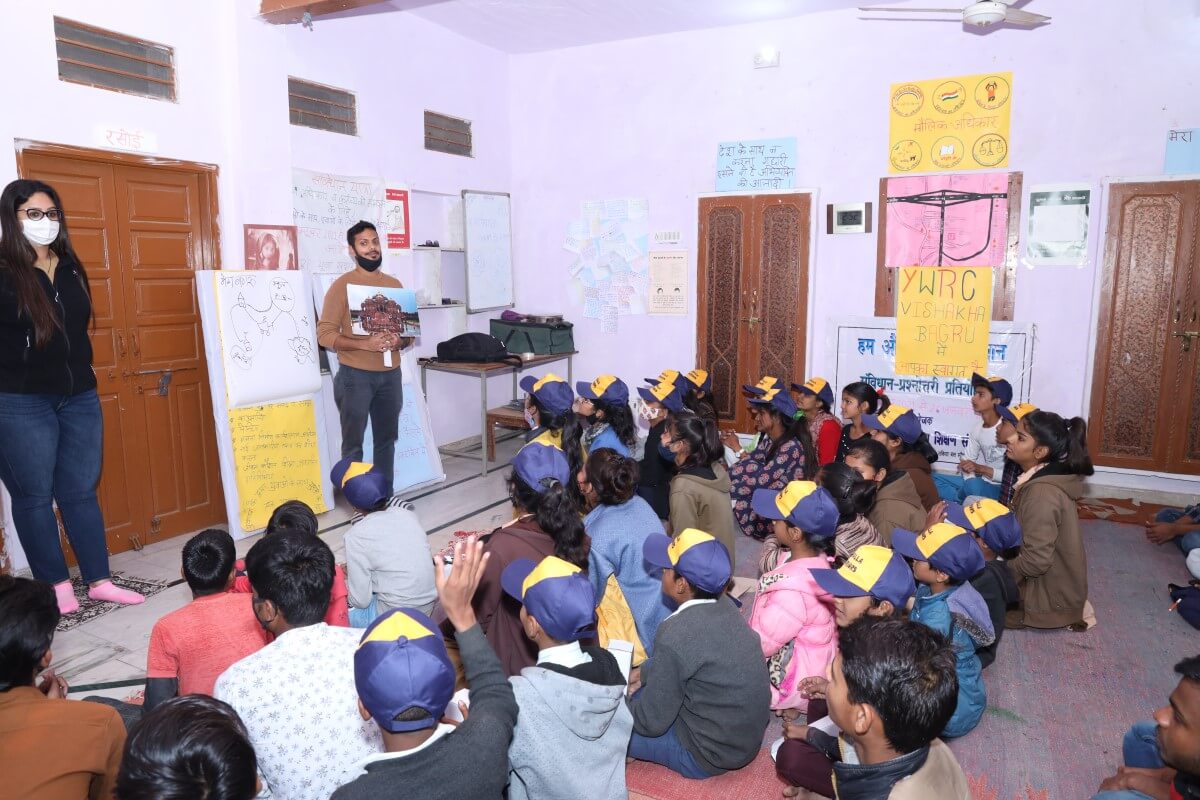
Co-Create – Adolescents tend to be enthusiastic participants in “design & build” exercises. Such activities help develop creativity and imagination while fostering a cooperative spirit. This could be incorporated into development processes by conducting hands-on exercises like model-making which involves the collaborative working of a group. Creating network diagrams is another such exercise where children are asked to sketch mental images of a space or locality of their choice, subsequently prompting them to suggest modifications to such spaces that might benefit the resident community.
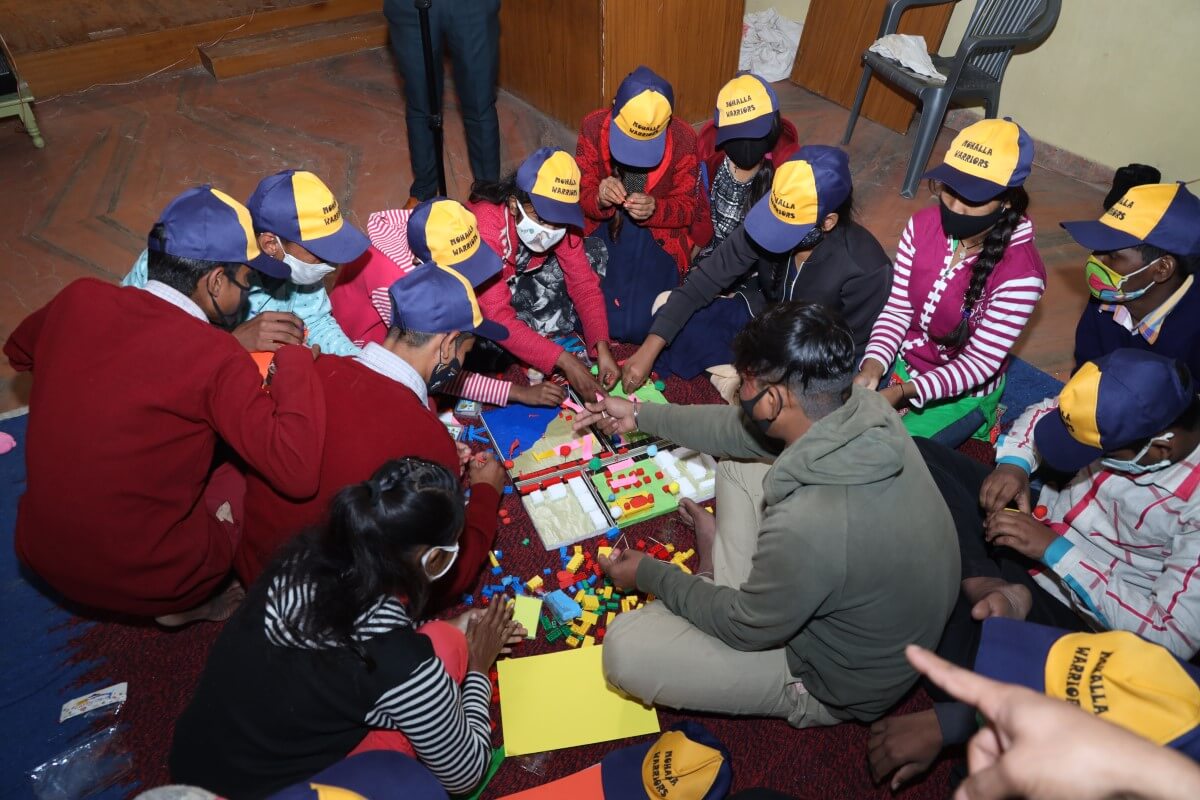
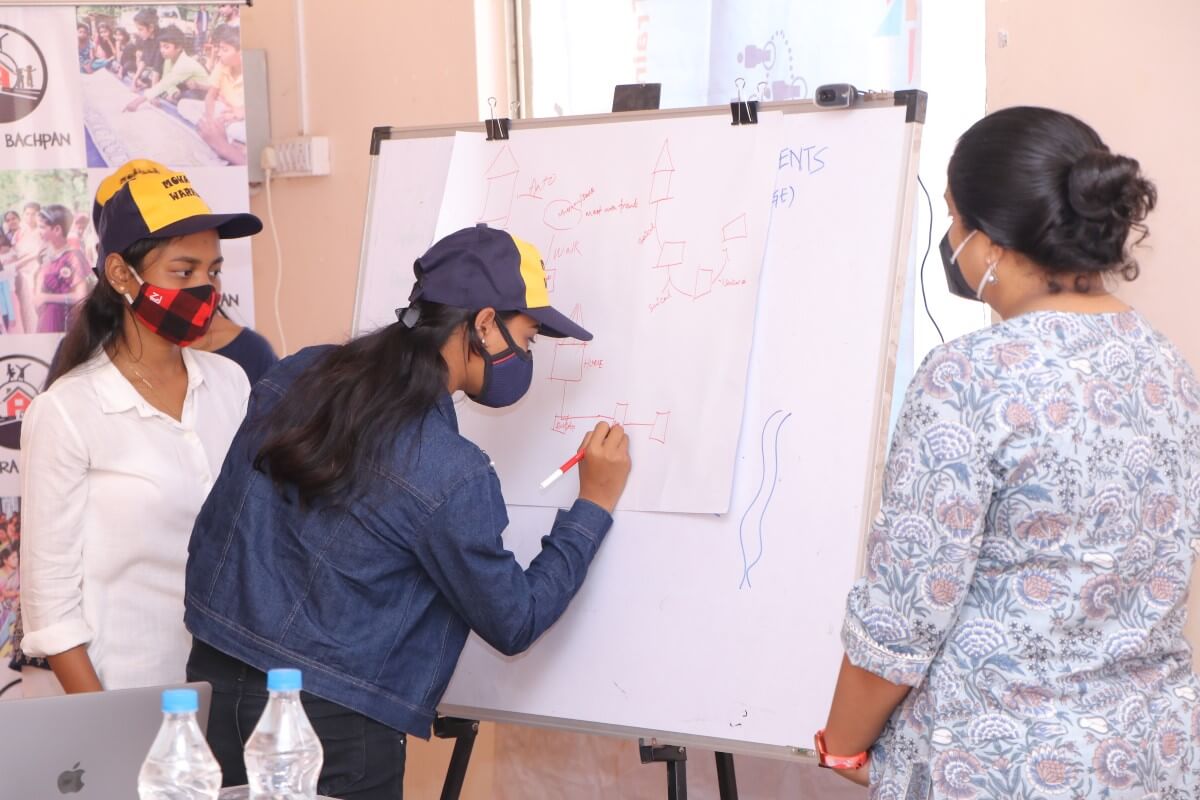
Play – Games are widely embraced and popular among young people. Playing allows them to develop important social skills like empathy and cooperation and helps enhance their observational and reasoning abilities. It can also enhance communication skills and enable interactions between individuals and communities. Role-playing, puzzles, strategy building and team building games could be explored to foster collaborative decision-making, problem-solving, and strategic thinking.
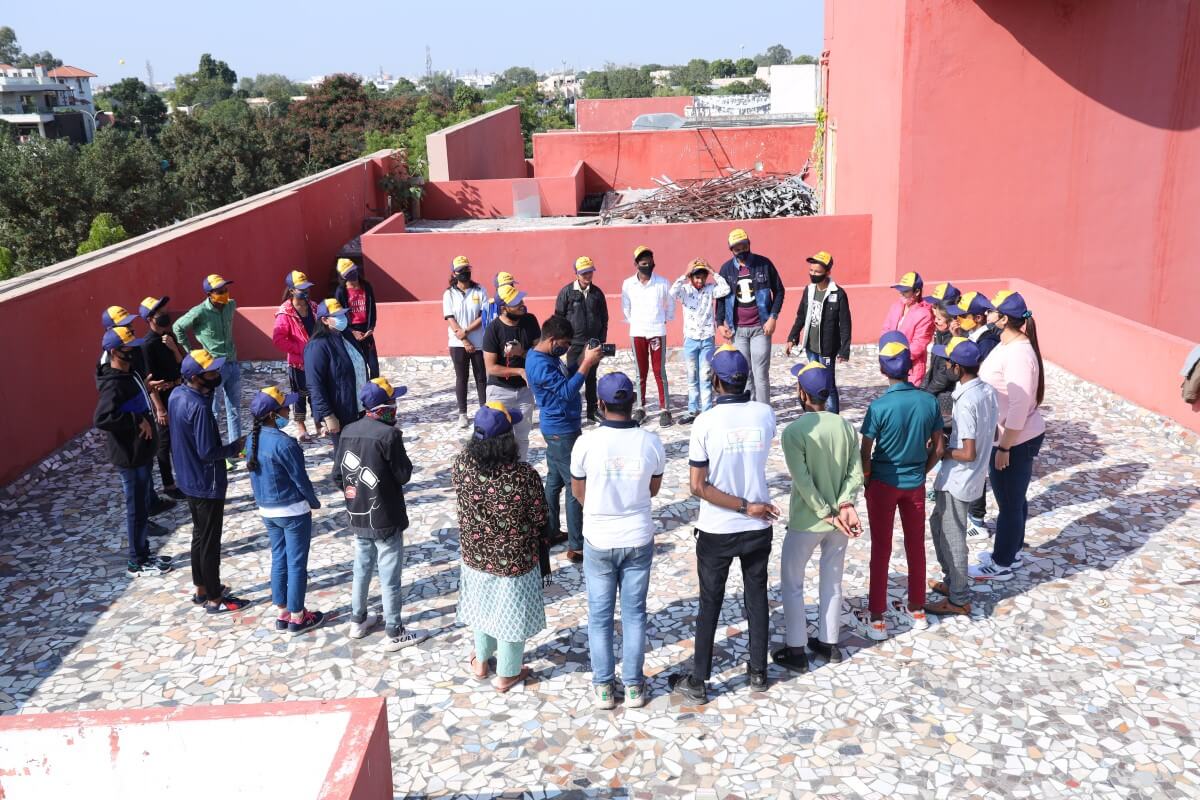
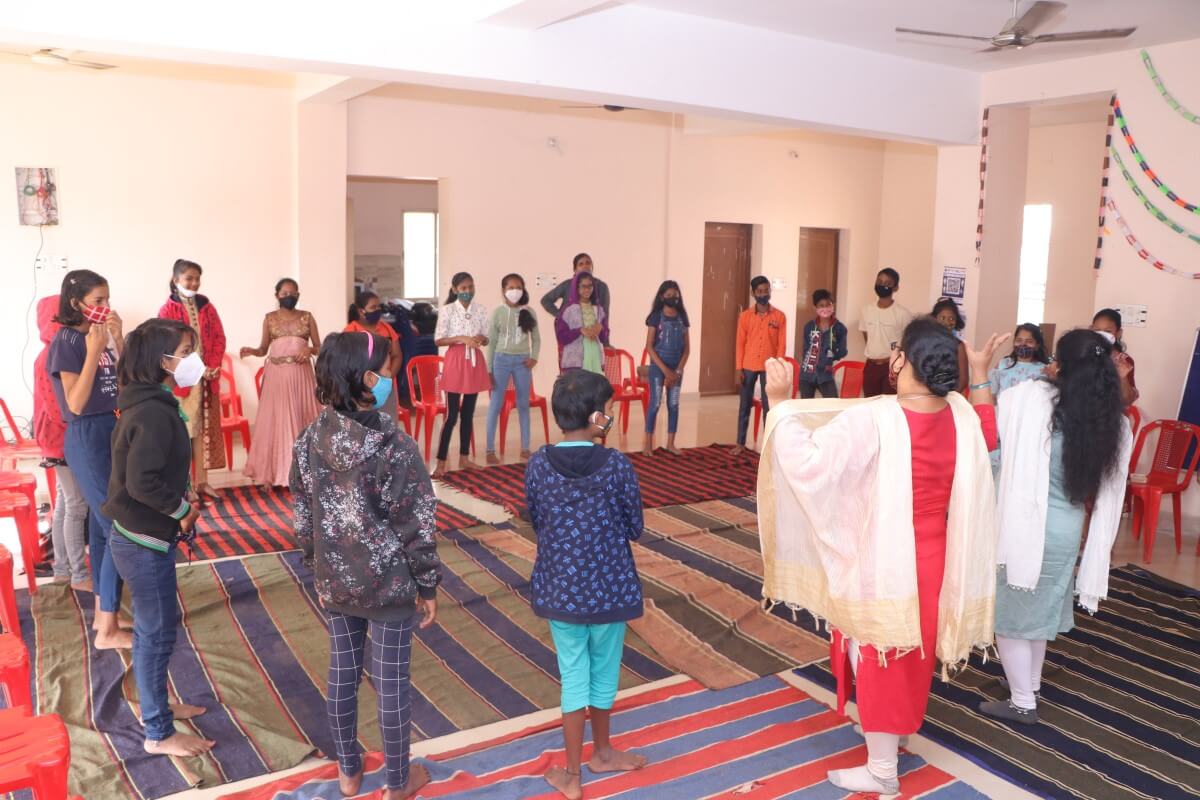
Walk the Talk - Getting adolescents to employ their learnings in the real world can help train young minds to be more observant of their surroundings and get them interested in the urban development process. This could be achieved by taking a moderated field trip to a site or a stroll on a street with the intent of analyzing elements that work in public spaces and identifying elements that hamper easy access.
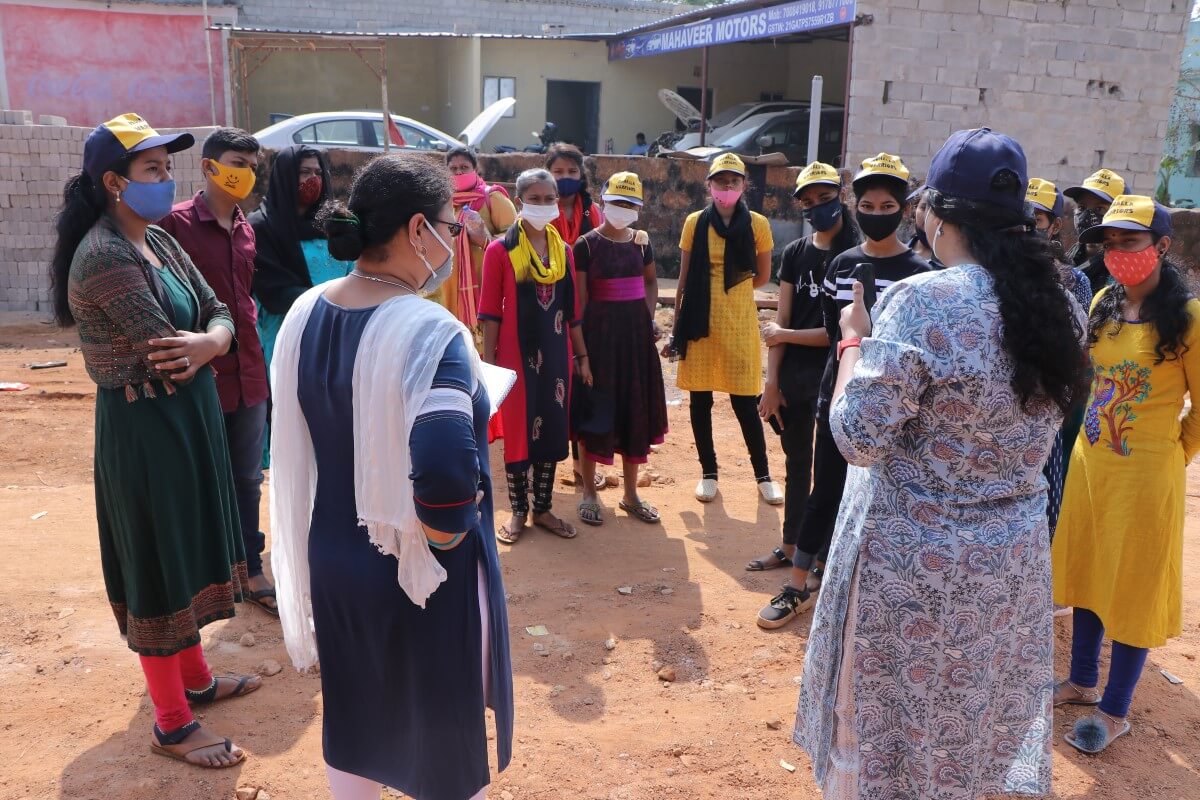
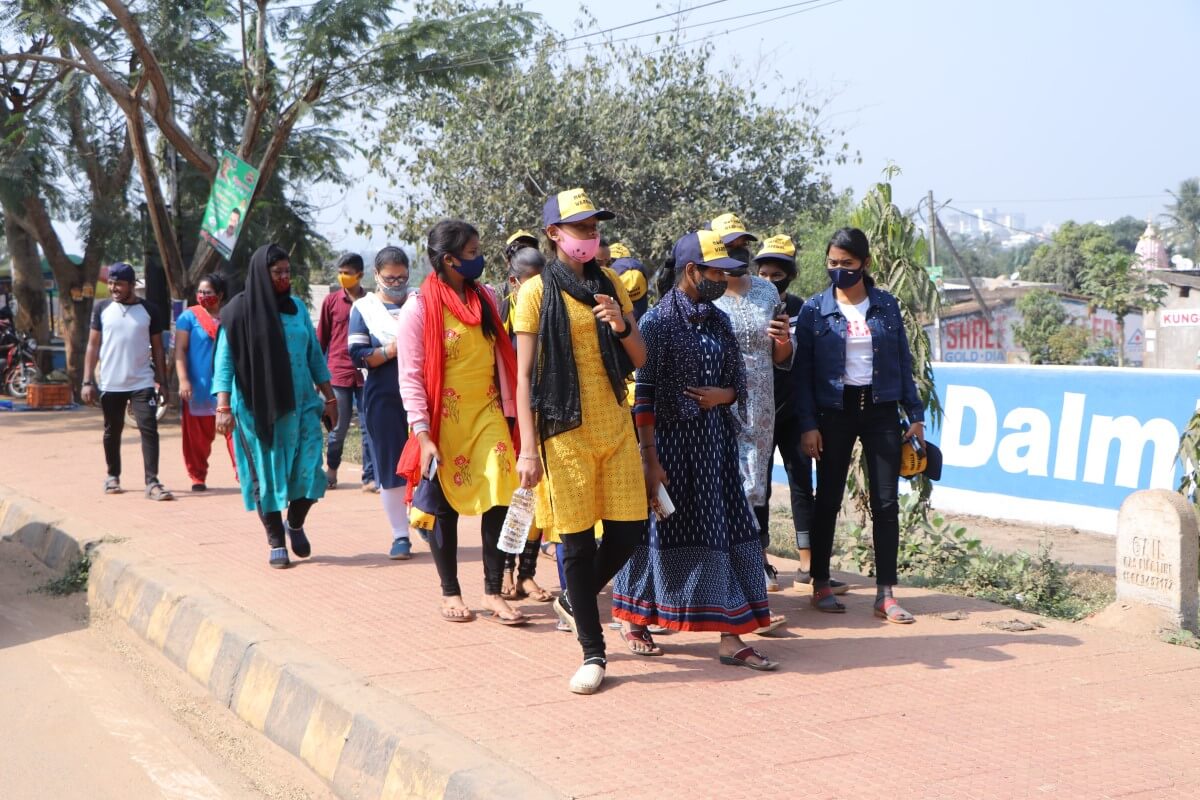
Performance - Performance in the form of music, theatre or dance is another effective mechanism for adolescent engagement which can help create awareness about urban development processes. Adolescents can use theme-based street art, street plays and campaigns to express their ideas, needs and suggestions regarding the city development processes.
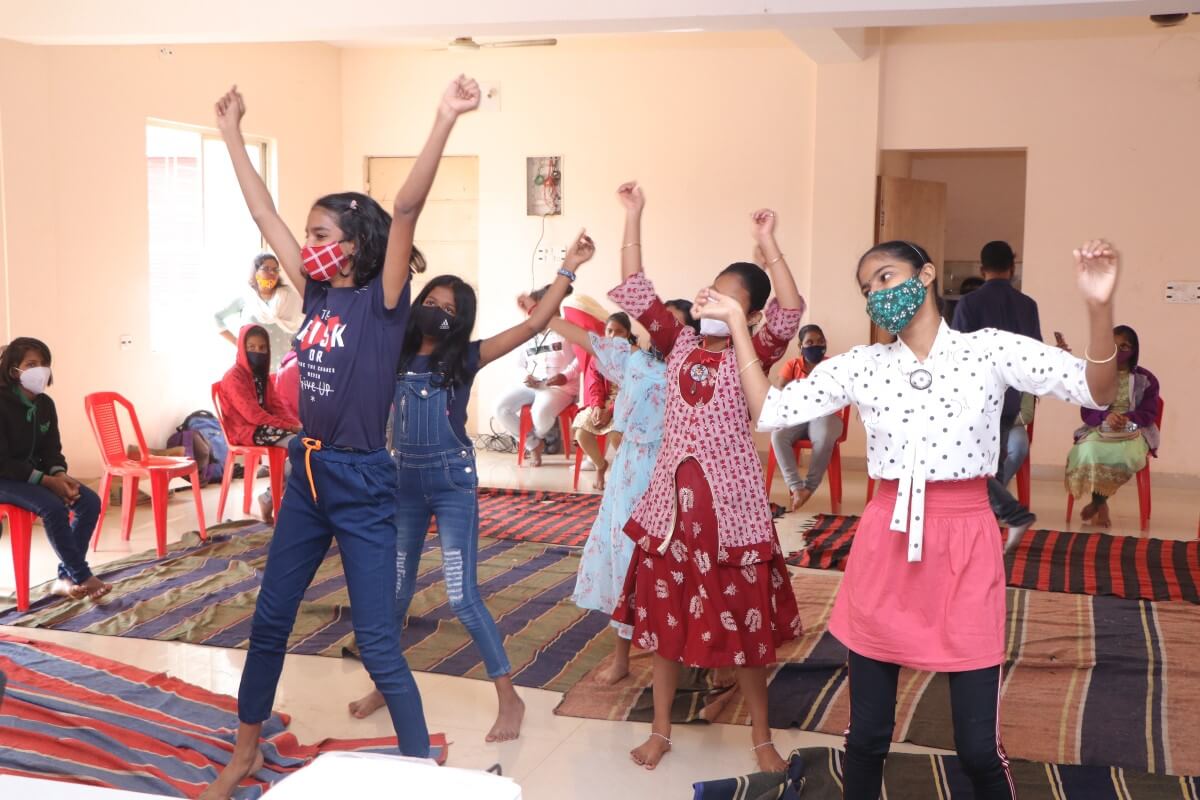
Competitions and Challenges – An environment of healthy competition is effective for developing skills such as resilience, perseverance and tenacity. Challenges also help adolescents encourage others and develop empathy. Timed and task-based activities such as design competitions and treasure hunts could be used to get young people to think out of the box resulting in innovative ideas for various development processes.
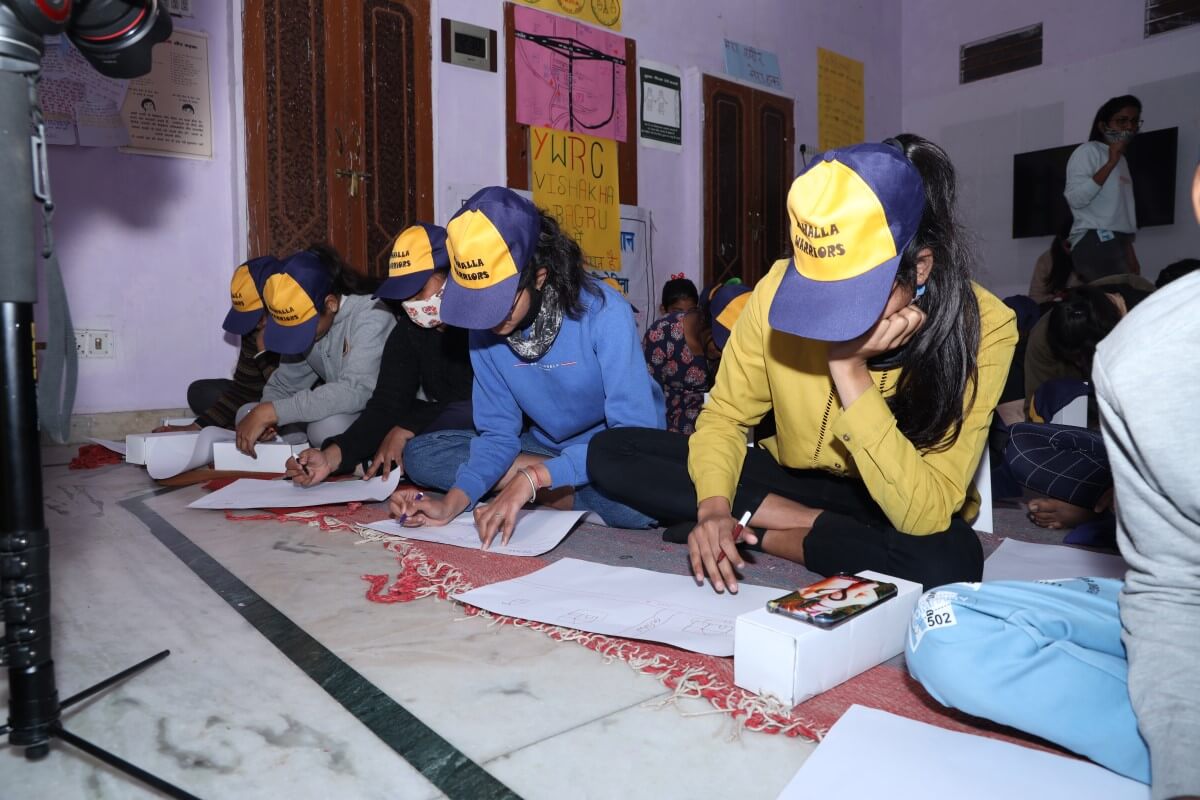
Digital Platforms – Adolescents today are native netizens and embrace technology as a way of life. Digital platforms can provide them with avenues to connect, learn, document and share beyond their immediate environments. This includes leveraging technology for participatory learning, data collection and documenting solution building. The use of google forms for data collection or Facebook and Instagram for showcasing projects and their learnings are some of the ways digital technology can be integrated into this effort.
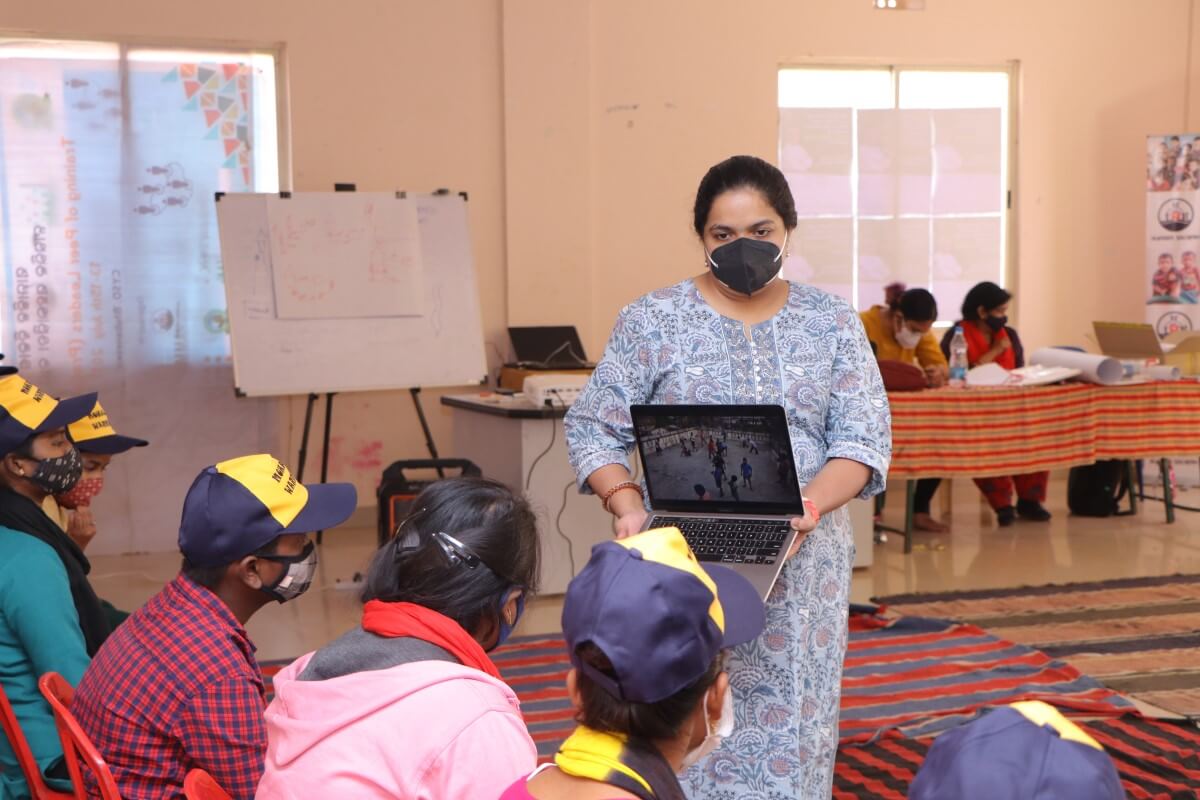
Young people play an important role in the development and evolution of society. Based on their diverse personal, social, developmental and cultural traits, including age, gender, geographic location, abilities, and socioeconomic status they are uniquely placed to positively impact the welfare of their communities and build safe and nurturing spaces within the society. Learning new ways of communicating and expressing themselves can help adolescents engage positively with others, build relationships and gain self-awareness and confidence. The application of these tools and techniques can help young people channel their energy and engage meaningfully with urban development processes to positively impact city spaces and claim agency in building the world they live in.
Views expressed by the authors are personal.


